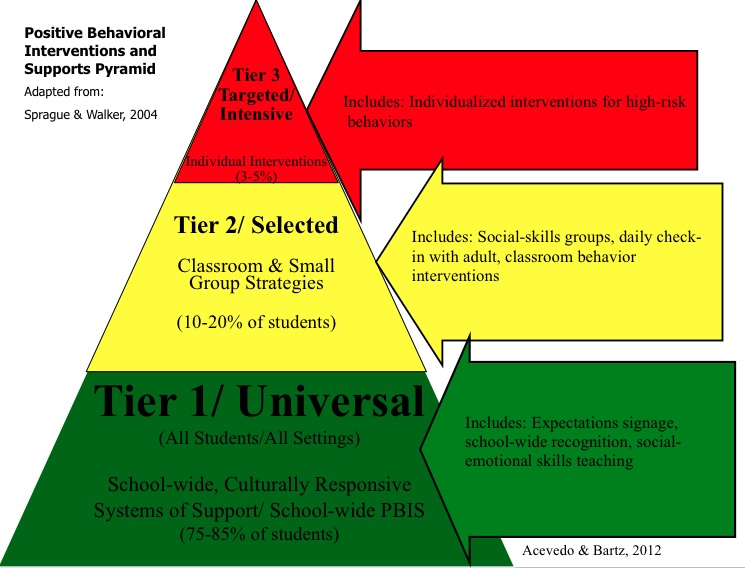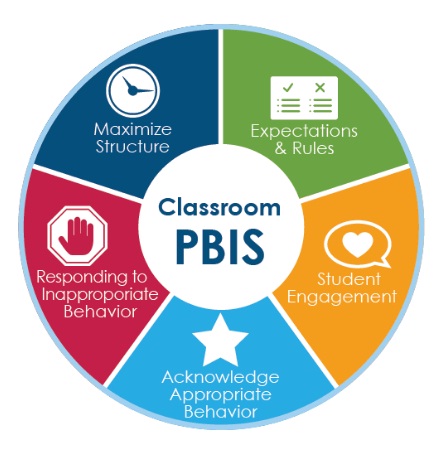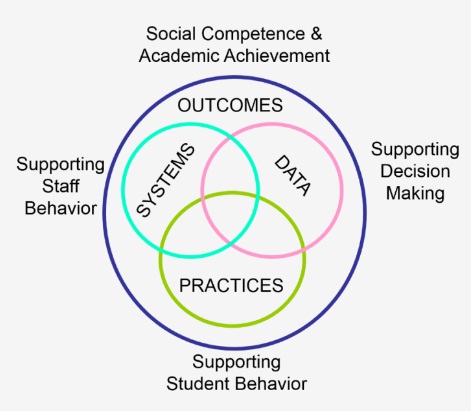
Positive Behavioural Interventions And Supports (PBIS): A Comprehensive Guide!
11th March 2024
A preventative approach that is effective for all kids is called Positive Behavioral Interventions and Support (PBIS). The secret to a successful PBIS program is using evidence-based intervention techniques. Moreover, improved behavioral outcomes and successful PBIS program implementation depend on high-quality professional development. If you are facing challenging behaviors from your students and want to try something new, here is everything you should know about PBIS.
What Is Positive Behavioural Interventions And Supports (PBIS)?
In education, PBIS, or positive behavioral interventions and supports, is a thorough, empirically supported framework designed to enhance overall school culture and encourage positive conduct. It is an aggressive strategy aimed at establishing a supportive and welcoming learning environment for every student. PBIS is a concept that directs how teachers, administrators, and students engage with one another within a school community rather than merely a collection of tactics.

Fundamentally, the PBIS approach is based on the idea that promoting positive behavior rather than only responding to negative behavior is a more successful strategy. To address behavioral difficulties, it highlights the significance of preventive and early intervention, which will eventually improve academic performance and improve the well-being of students.
PBIS is based on the idea that student conduct is greatly influenced by the culture and atmosphere of the school. The goals of PBIS are to decrease problem behaviors, boost academic engagement, and give kids a feeling of community by providing a pleasant and encouraging atmosphere.
Hey, do you follow us on Social Media? We regularly share upgraded educational content, tips, feedback and more. Check us out by clicking the profiles here -
How Does PBIS Work?

PBIS works through a data-driven systematic approach that involves the following significant steps:
- Establish School-Wide Expectations
Establishing positive and explicit behavior standards that apply to all kids in all school settings is the first step in implementing PBIS. Usually, teachers, parents, and students participate in the collaborative process to create these expectations. All pupils are then given detailed instructions on them.
- Teach And Reinforce Expected Behaviours
Then, schools put these expectations into practice by putting mechanisms in place to teach and reinforce these behaviors. This entails outlining for pupils what is expected of them in various contexts and giving them practice and reinforcement chances. Instructors and staff promote positive behaviors by using language that is consistent and by giving detailed feedback.
- Collect And Analyze Data
A key element of PBIS is data collecting. To track advancement and pinpoint problem areas, schools gather information on behavior events, attendance, and academic performance. Schools can use this data to make well-informed choices regarding the assistance and interventions required for specific kids or groups.
- Implement Tiered Interventions
Based on the requirements of the pupils, PBIS offers varying degrees of support through a tiered approach. Tier 1 interventions consist of universal tactics that are applied to every learner. Tier 2 treatments, such as small group interventions or check-in/check-out procedures, are offered if some kids need further assistance. Individualized plans and supports are part of Tier 3 interventions, which are used for kids with more severe needs.
- Family Involvement And Collaboration
Collaboration between school personnel, administrators, families, and community members is valued highly by PBIS. In addition to offering tools and techniques for maintaining consistency between the home and school environments, schools also include families in promoting healthy behavior. The efficacy of PBIS implementation can also be increased by cooperation with community partners.
What Are The Five Elements Of PBIS?

Five key components make up PBIS, which makes it successful in encouraging good behavior and fostering a supportive school climate. This includes:
- Equity
A fundamental component of PBIS is equity. It highlights how crucial it is to guarantee that every student, irrespective of their circumstances, background, or ability, has equitable access to a supportive and inclusive learning environment. With equal opportunities for all students to develop, PBIS aims to level the playing field.
- Systems
Establishing precise and dependable mechanisms for behavior expectations, instruction, and reinforcement is part of the PBIS systems aspect. This entails outlining and sharing behavioral standards with all staff members and students, in addition to providing coaching and training for praising and rewarding good conduct. Having well-established procedures guarantees that everyone knows their part in fostering a pleasant atmosphere and encourages uniformity throughout the institution.
- Data
The gathering and analysis of data are essential to the success of PBIS. To make well-informed judgments on behavioral interventions and adjustments, schools employ data. This entails monitoring behavioral patterns, spotting problem areas, and evaluating the success of solutions. Educators may customize their approach to the unique requirements of their kids and continuously enhance the PBIS program by using data-driven decision-making.
- Practices
Evidence-based methods for teaching and rewarding positive behavior are promoted by PBIS. These methods might include proactive methods for behavior assistance, classroom management initiatives, and social-emotional learning strategies. The intention is to provide teachers with useful resources and methods for preventing and dealing with problematic behaviors positively and encouragingly.
- Outcomes
The improvement of student outcomes is the ultimate goal of PBIS. This covers both academic and behavioral results, such as higher student engagement and accomplishment, and behavioral outcomes like fewer discipline problems and enhanced social skills. By emphasizing good conduct and fostering a supportive learning environment, PBIS supports students' general achievement and well-being.
Promote Positive Behaviour Through PBIS
The effective PBIS framework fosters good behavior, enhances students' social and emotional health, and establishes a welcoming and secure learning environment. With the help of the five key components, schools may successfully deal with difficult behaviors and provide a healthy learning environment. Additionally, educational institutions must also get their teachers trained in Early Childhood Education Care and Education courses so that they can understand how to handle challenging behaviors among students.
We believe education should be accessible for everyone. That’s why we don’t charge for our blogs. Find the right course that will help you in your career with us, contact us at +6621056101. You can mail us at act@asiancollegeofteachers.com
Written By : Victoria Lewis




